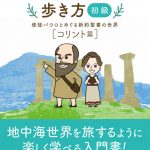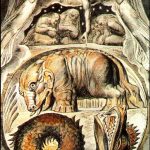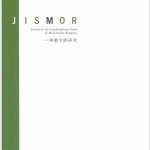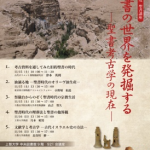Hisao Miyamoto’s Japanese essay “Man-and-Woman as a Person: A Quest for Person Based on Genesis 1–3” was published this month in Catholic Studies, a journal published by Sophia University’s Faculty of Theology.
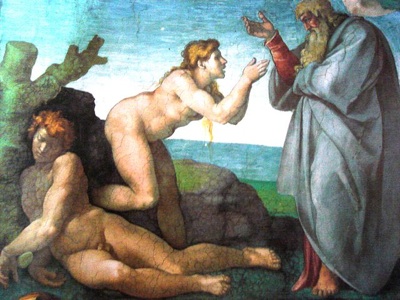 Michelangelo’s Creation of Eve, Sistine Chapel
Michelangelo’s Creation of Eve, Sistine Chapel
You can read Miyamoto’s essay in PDF form at Sophia-R, the Sophia University Repository for Academic Resources. You can also view contents (English and Japanese) and download articles in Volume 81 of Catholic Studies.
If you’ve read Miyamoto’s article, how would you sum up his main point(s)? Or what point(s) interested you the most? Feel free to leave a comment below in English or Japanese.
English and Japanese Citations & Author Information
Hisao Miyamoto, “Perusona toshite no ‘otoko / onna’: ‘Sōseiki’ (1~3 shō) wo tegakari ni” [Man-and-Woman as a Person: A Quest for Person Based on Genesis 1–3], Katorikku Kenkyū 81 [Catholic Studies 81] (2012): 57–77.
宮本 久雄「ペルソナとしての『男・女』 : 『創世記』(一~三章)を手がかりに」『カトリック研究』第81号,2012年,57–77。
*Hisao Miyamoto is a Professor at Sophia University (Faculty of Theology), and Professor Emeritus of Tokyo University.




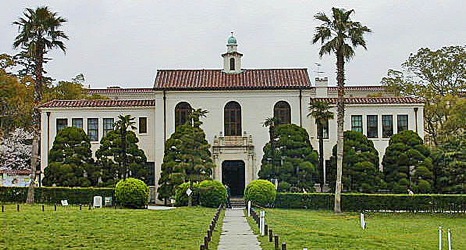
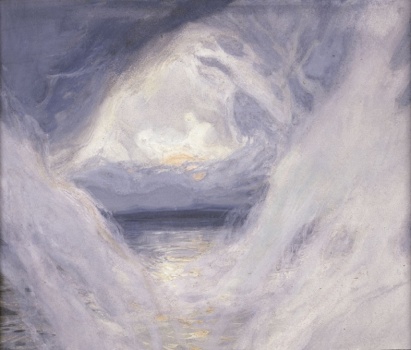
 Michelangelo’s Creation of Eve, Sistine Chapel
Michelangelo’s Creation of Eve, Sistine Chapel